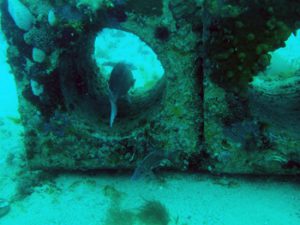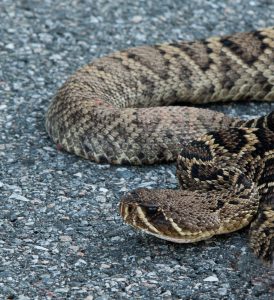Dates and topics include:

- January 11, Escambia County Artificial Reef Program: Past, Present and Future, Robert Turpin – Robert Turpin will discuss the history of Escambia County’s artificial reef program, recent developments, and future projects.
- February 8, Project Oyster Pensacola: a Mission to Improve Local Water Quality, Barbara Albrecht and Don McMahon – The humble oyster has many roles in our environment including filtering and recycling area waters, nutrient regulators, creating habitat, denitrification, shoreline stabilization, and are architects of reefs which support many different and important species. Learn about this exciting project and how you can participate in the future of the local oyster.
- March 8, Seagrasses, Chris Verlinde – Join Santa Rosa County Sea Grant Agent, Chris Verlinde, to learn about local estuarine systems and the seagrass habitats within those systems. Chris will discuss the importance and benefits of these natural areas to the community and the Pensacola Bay system.
- April 12, Pollinators and Integrated Pest Management, Beth Bolles, UF IFAS Extension – Honeybees are one of the most well-known pollinators, but landscapes are alive with many other insects that offer important pollinating services. Learn the common pollinators found in a diverse plant community and how to protect habitats to conserve many native pollinators.
- May 10, Backyard Wildlife/Butterflies, Carrie Stevenson, UF IFAS Extension-With more than 1,200 animal species, Florida ranks third in the nation in wildlife diversity. Interested in seeing some of this wildlife up close, in your own backyard? Join us as we discuss the top 10 ways to attract beneficial native wildlife (including birds and butterflies) to your home.
- June 14, Hurricane-resistant Landscaping, Carrie Stevenson, UF IFAS Extension – Hurricane season starts June 1, and trees are often residents’ biggest concern when it comes to property damage. How do you know the difference between a tree that will likely survive a hurricane and one that won’t? This session of Science Hour will look at what history and research have shown us about proper landscaping and hurricane preparation in Florida.
- July 12, RESTORE Update, Matt Posner, Escambia County – It has been eight years since the Deepwater Horizon Oil Spill. A $20 billion settlement was reached, but where has the money gone? Join us as we discuss restoration efforts completed, underway, or planned for Escambia County and the Gulf Coast in the wake of the Deepwater Horizon Oil Spill.
- August 9, Solar Energy for Homes, Shaun Gunter, Gulf Power Company – Many Florida homeowners are investing in solar power, but it still feels relatively new and unknown. What does investing in solar involve? How does it work, and how much does it cost? Join us for a discussion of the latest in solar and alternative energy technology.
- September 13, Snakes, Rick O’Connor, UF IFAS Extension – Snakes; most people either love them or hate them. While many people don’t like snakes, they do appreciate the role they serve in our community. Calls to our office often include inquiries such as “how do you know if they are venomous?” and “how can I keep them off of my porch and out of my garage?” This presentation will discuss the role snakes play in our environment and will tackle those frequently asked snake questions.
- October 11, Reporting Invasive and Endangered Species, Rick O’Connor & Don Buchanan (FWC) – Many county residents encounter wildlife that they feel needs to be reported. In some cases, these are encounters with unusual animals, such as panthers. In others instances, they are nuisance wildlife, such as coyotes or bears. Others still are invasive species, such as lionfish or Cuban tree frogs. In this presentation, FWC and Florida Sea Grant will provide information on how to correctly identify selected species and how to properly report encounters.
- November 8, Bayou Chico Managed Aquatic Plant System & Beyond (Dana Morton/Brent Wipf, Escambia County) – Escambia County is working on a new project funded through the U.S. EPA Gulf of Mexico Program to reduce nutrient loading in Bayou Chico. The same project has the potential to enhance wildlife habitats and protect critically eroding shorelines throughout the Pensacola and Perdido Bay Systems. Join us to learn how this innovative project intends to accomplish both goals.
 0
0

